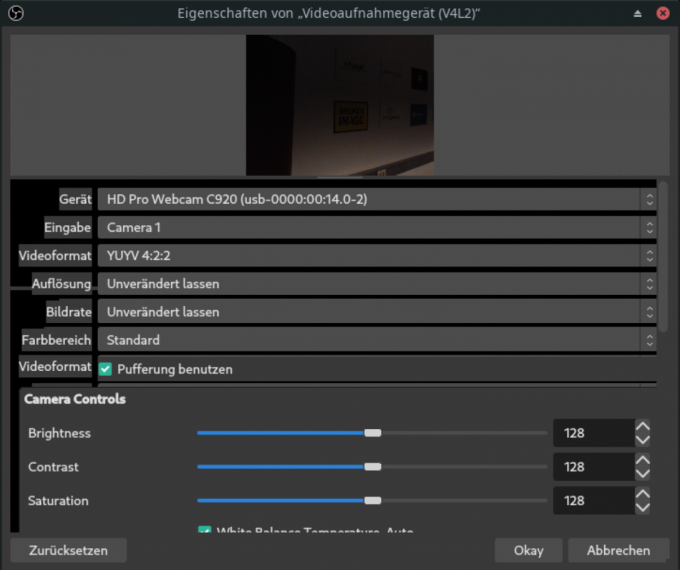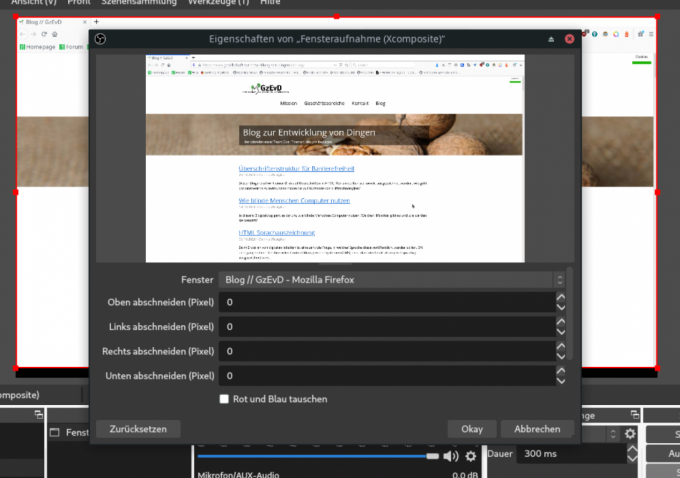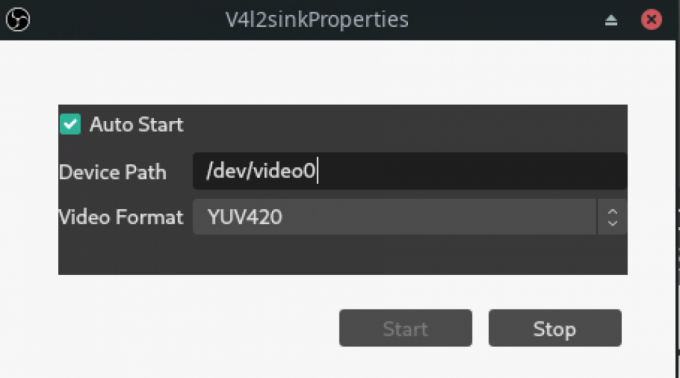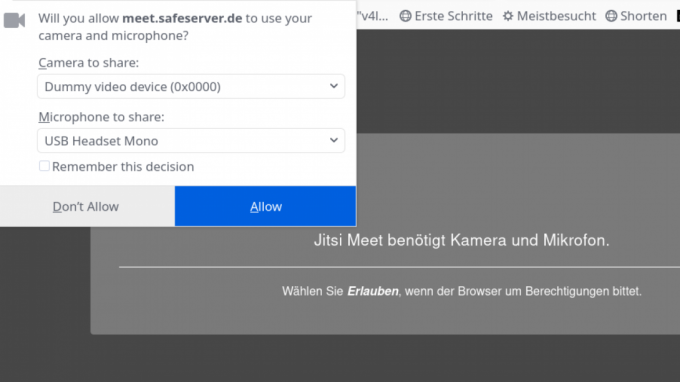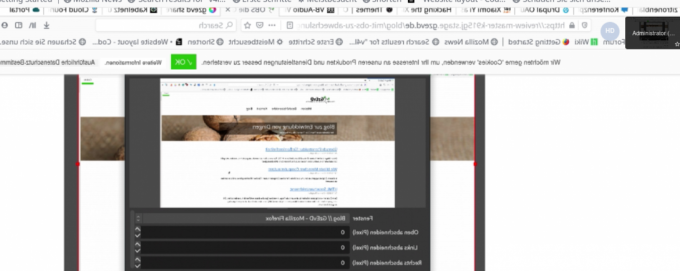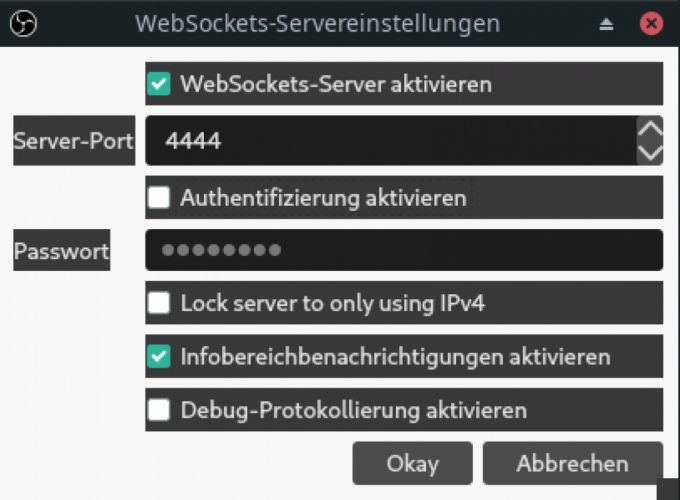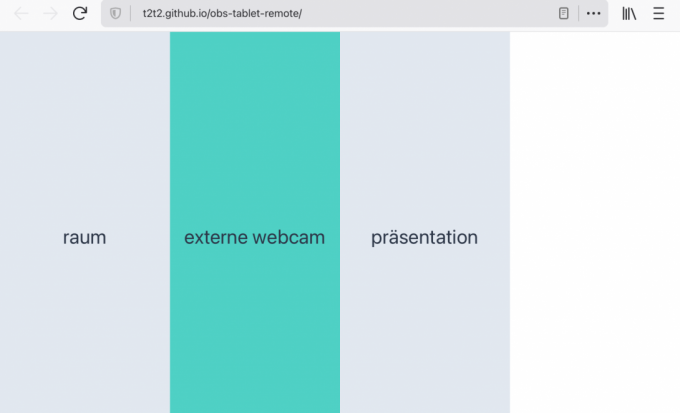Thank you that many of you are now proud owners of a headset. It was unbearable how you were screaming at your computers. Now normality returns with the video conferences and we should get ready for the next level.
tl;dr: The boss level is still far away.
With OBS Studio, we can make video conferences a little more visually exciting. At the same time, OBS gives us greater flexibility for our own video conference online presence. Whether in a video call or in a talk/webinar.
IST
You know this? Looking at the same section of the participants' pictures for hours on end? Sitting motionless in the same corner? For days on end? Crossed with other observations of the last few months, there is even a technical term of its own: zoom fatigue. I have already been able to get to know this technical term for myself with Jitsi or BigBlueButton.
Some of you use the webcam built into the laptop and sometimes walk around during the conference with the laptop in their hands. This is very helpful for me, because it gives a bit of variety in the picture. Not only of you as a person, but also with the background. If you shake too much, it has also led to bouts of seasickness for me :)
Take back control
Very few video conferencing solutions allow more than one simultaneous image source. If you have two or more cams to choose from, you have to stop one video image and reconnect for the other. Not so nice and always connected with interruptions. This is where a wonderful piece of free software comes into play:
OBS Studio (hereafter referred to as OBS) is available for download for Linux, Mac and Windows. In conjunction with "virtual cam" and "Websockets", you get a setup in your hands with which you can put yourself in the (video) limelight in a wonderful way.
In short: the output of OBS becomes the input for the video conference.
Basic structure OBS
Admittedly, the interface does not win any beauty prizes. For starters, let's focus on the elements at the foot of the application.


